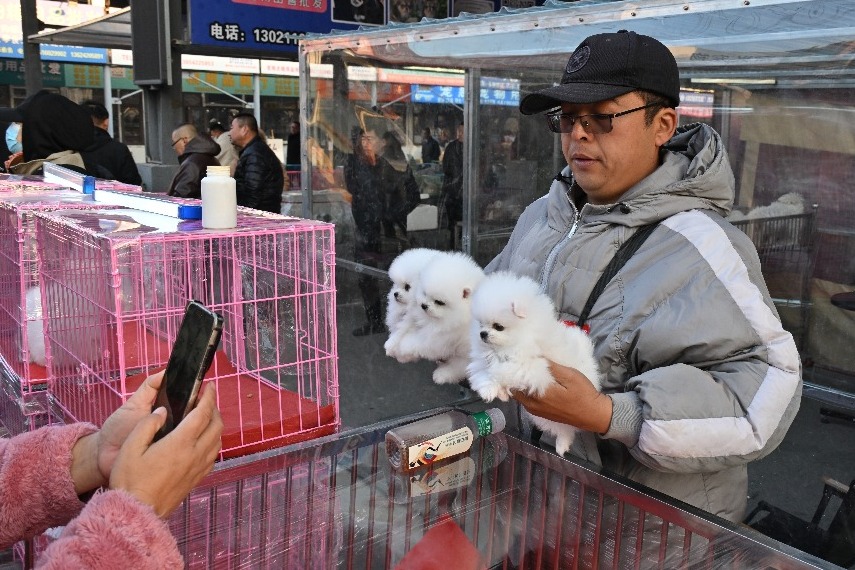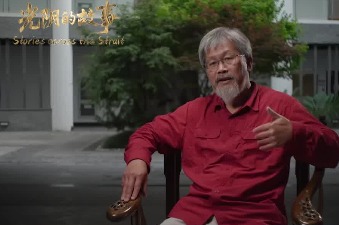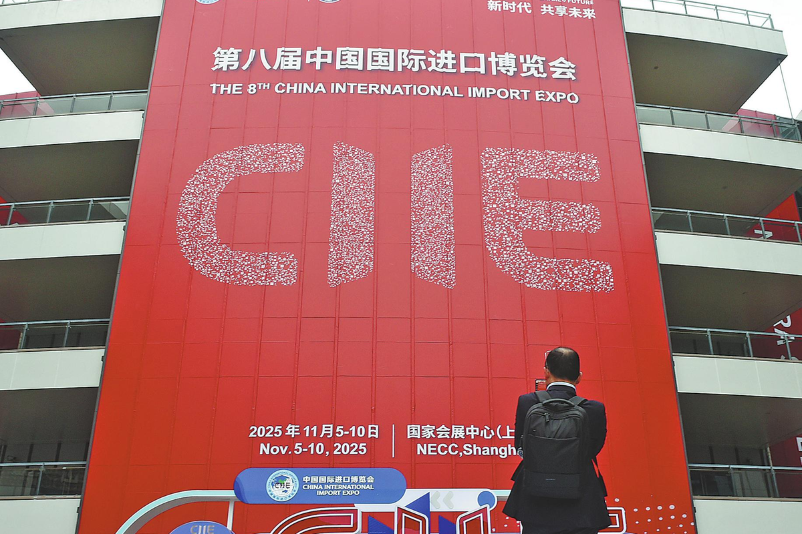A new Silk Road can lead to ancient glory

Religious compound of Yar features 7 small cave temples, Grand Central Pagoda and Grand Buddhist Temple
Silk, lacquerware and iron implements traveled from China to Central and West Asia, and even the Mediterranean, centuries ago.
These regions transported horses, walnuts and grapes eastward via the route.
The revived link will not only send goods but also people, including tourists, in both directions.
Yar's visitors can explore the remnants of the cave storage units in the "warehouse" district, as well as the central avenue and temple district that comprises two-thirds of the 680-hectare settlement.
The religious compound contains more than 80 edifices, including seven small cave temples, the Grand Central Pagoda and the Grand Buddhist Temple built in the 4th Century - the site of our Easter egg hunt 700 years later.
Also largely intact are the southern gate, city walls and three-story courtyard houses. Cemeteries fringe the cities.
A plank platform overlooks the government complex, including courtyards, offices, cave rooms and passages in a rectangular barricade.
Yar is 10 kilometers from Turpan prefecture's seat, as the camel trots.
Its proximity to downtown and larger size means it often overshadows Qocho's smaller and more distant ruins.
The 198-hectare city is 30 km from Turpan and narrates a similar saga - with an almost identical conclusion.
Qocho was also charred in the same religious war after prospering from the 1st century BC through the 1400s.
It's perhaps ironic it was torched at the foot of the Flaming Mountain.
Still, Buddhist, Nestorian and Manichean murals and scriptures survived.
Silk blankets were Qocho's medium of exchange in the 4th century, when they were traded for Chinese, Eastern Roman or Persian coins.
The settlement was predominantly ethnically Han in the Tang Dynasty (618-907) but also hosted Sogdian, Turkic, Qiuci, Yanqi and Sindhu people, who wrote in Chinese, Brahmi, Sanskrit, Persian and Sogdian.
The city became a Uygur kingdom in the 9th century, when the primary religion was Manichaeism, but the residents later converted to Buddhism. It later became a vassal to the Mongolian Yuan Dynasty (1271-1368). This allegiance led to its demise, when the rebellious Mongolian Islamic Chagatai Khanate destroyed the city around the 1390s.
The city wall, moat, religious buildings and residences are preserved, as is Khan Fort - aka the Imperial Palace - which served as the government seat. A pagoda stands in the compound.
Qocho's eerie stillness is even headier than Yar's.
The silence seemed to scream a true-life parable of a place that flourished under multiculturalism and fell under intolerance.
The only sounds in the dead city on Tomb Sweeping Day were the breezes. They hissed through once-grandiose buildings' nubs that remain as monuments to a moment when xenophobia vanquished diversity.
(China Daily USA 07/10/2015 page5)
Today's Top News
- Dutch govt urged to mend chip dispute
- Macao's heritage sites hold special appeal for games
- China tackles N2O emissions, leading change
- AI should build a future where technology serves people
- Japan bears blame for worsening China ties
- People-centered outlook applauded






























